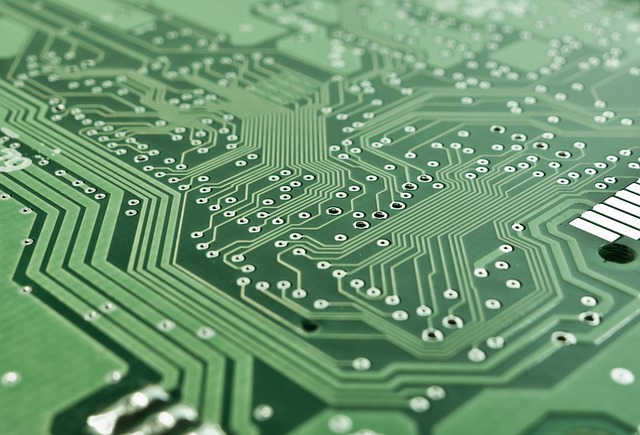The Linux kernel is considered one of the most successful and influential projects in the history of computer science. Its story began in the early 1990s, when a student from Finland named Linus Torvalds decided to create his own operating system. Since then, Linux has become an integral part of many systems, from servers to embedded devices. In this article, we will look at the key stages in the development of the Linux kernel and its contribution to the world of information technology.
The beginning of the journey: 1991
The history of the Linux kernel began on August 25, 1991, when Linus Torvalds announced on the Usenet newsgroup the creation of a small operating system that became known as “Linux.” He wrote the first code and put it online for public access. This was version 0.01, which was far from being considered a full-fledged OS, but it was a starting point for further development.
Establishment and popularization: mid-1990s
In the mid-1990s, Linux began to attract the attention of developers and the community. This was due to the free GNU General Public License (GPL) under which Linux was distributed. This license ensured that the Linux code remained open and available to all, and encouraged active participation from developers around the world.
Distribution and success on servers: late 1990s and early 2000s
By the late 1990s and early 2000s, Linux began to gain momentum as a server operating system. Because of its stability and reliability, it found use on web hosting servers, large corporate networks, and many other areas. Companies such as IBM and Red Hat began to invest heavily in Linux development and support.
The era of mobile devices and embedded systems
As mobile devices and embedded systems evolved, Linux began to be used in these areas as well. It became the basis for Android operating systems and many other embedded solutions. This expanded the popularity and influence of Linux, making it an almost universal platform for developing various systems.
Modern advancements and the future
Today, the Linux kernel continues to be actively developed. There are hundreds of commits every day from developers around the world, and each new version brings improvements in performance, security, and functionality. Linux is used everywhere from servers and supercomputers to home routers and smartphones.
To summarize, the story of the Linux kernel is a story of community strength, open source, and innovation. This project, which began as one student’s idea, has become a standard in the world of operating systems and continues to shape the future of information technology.



